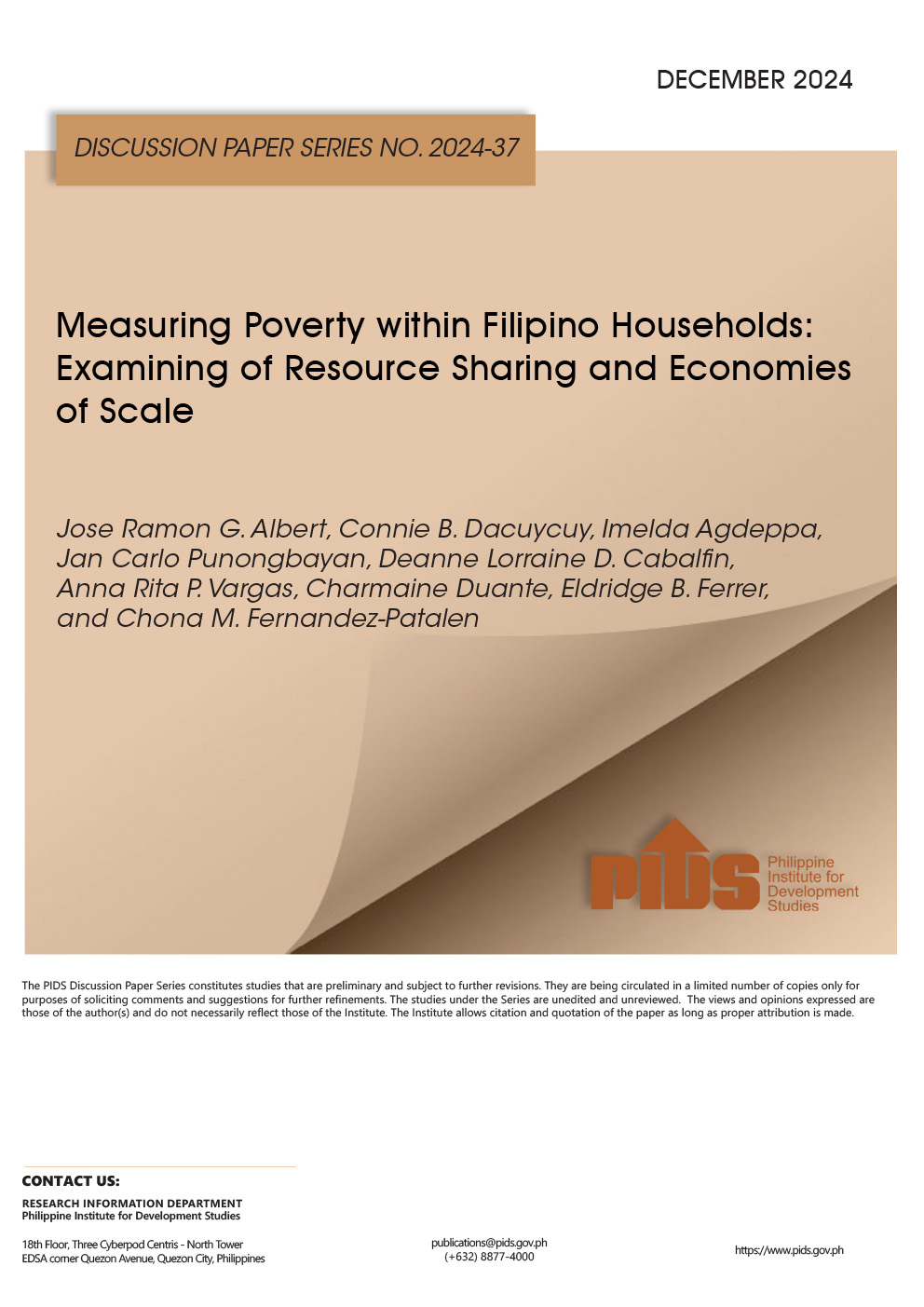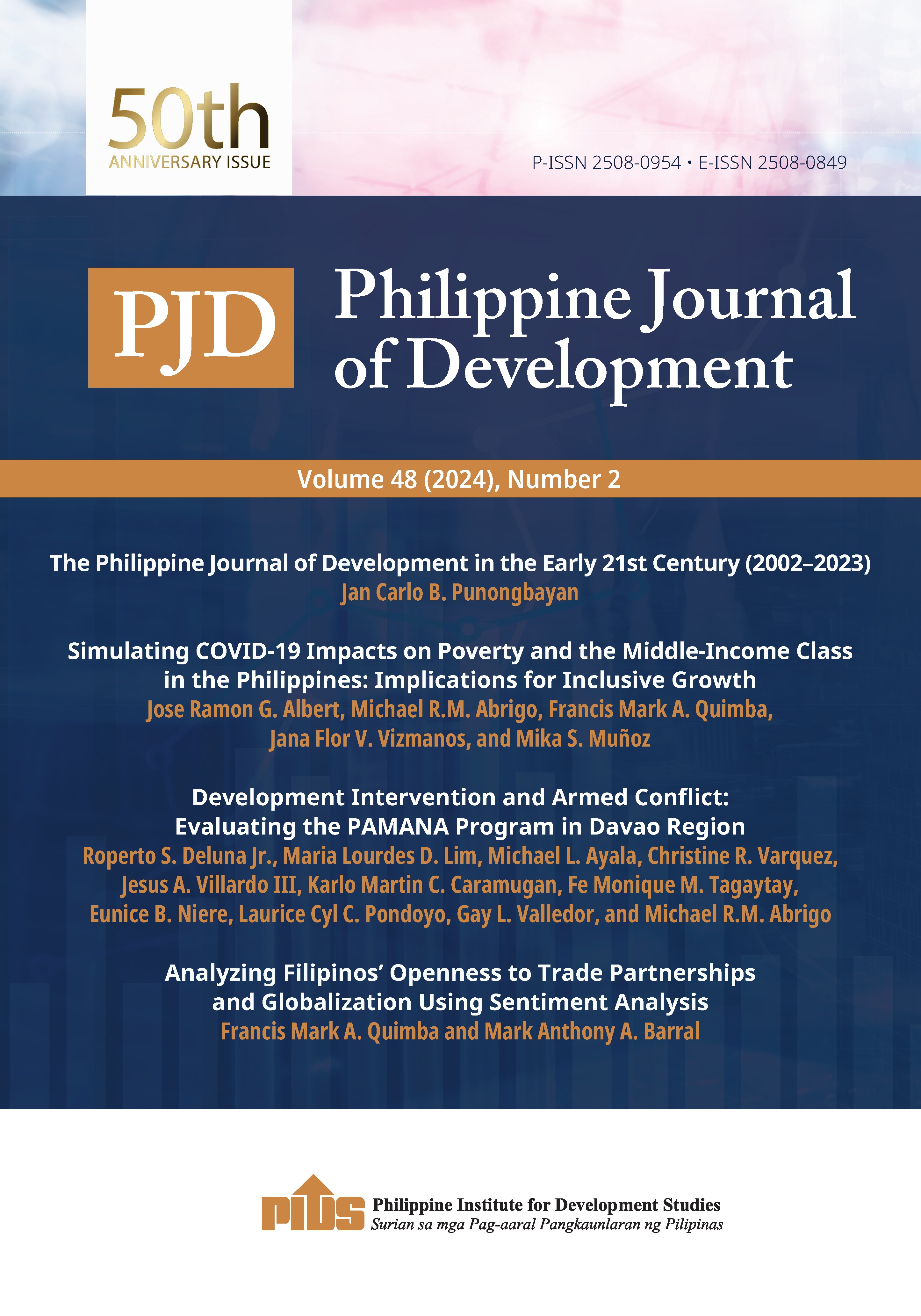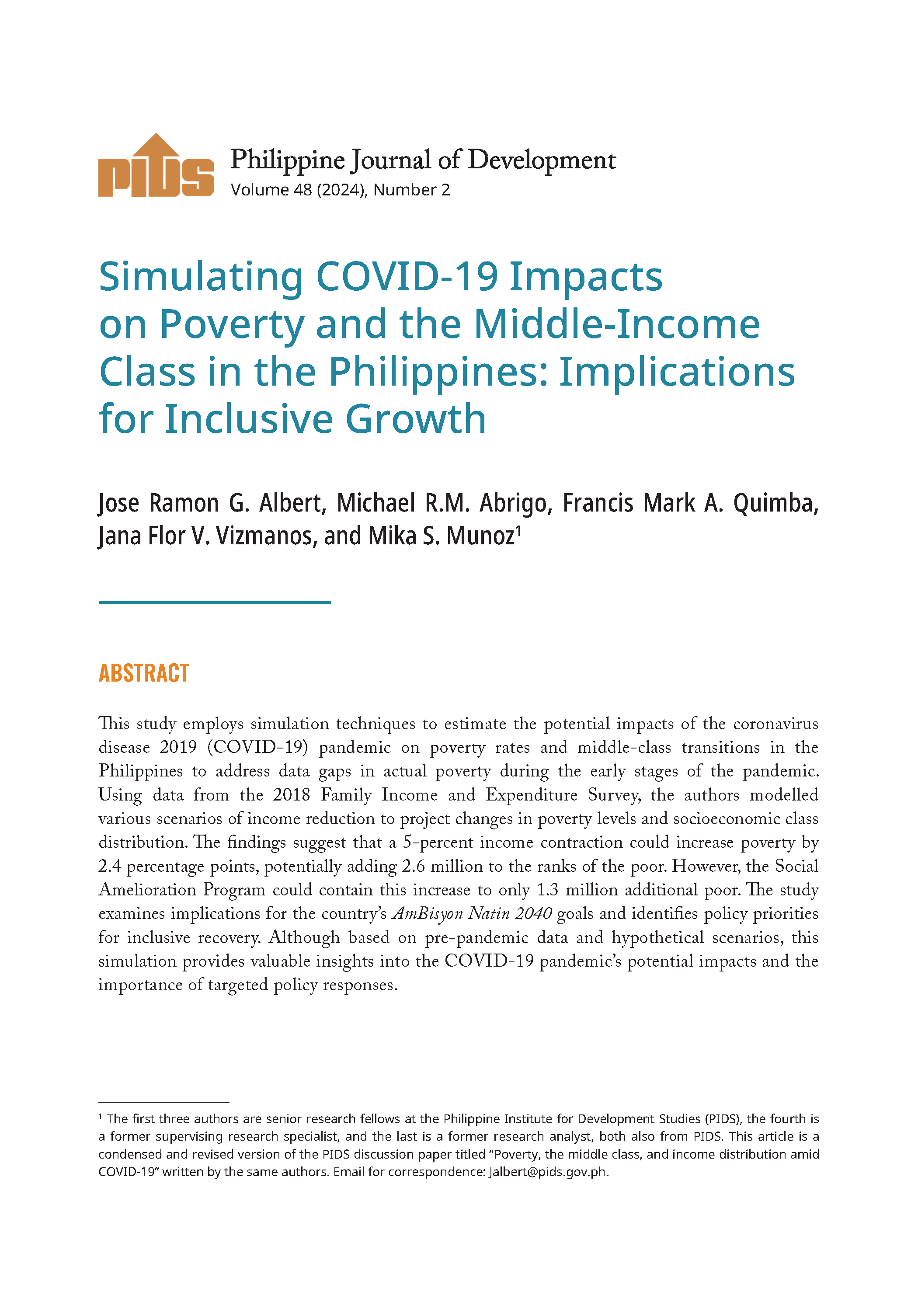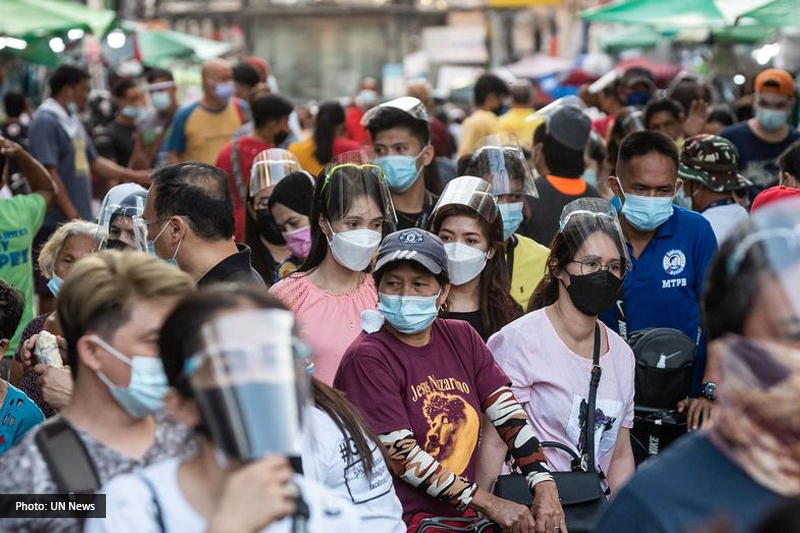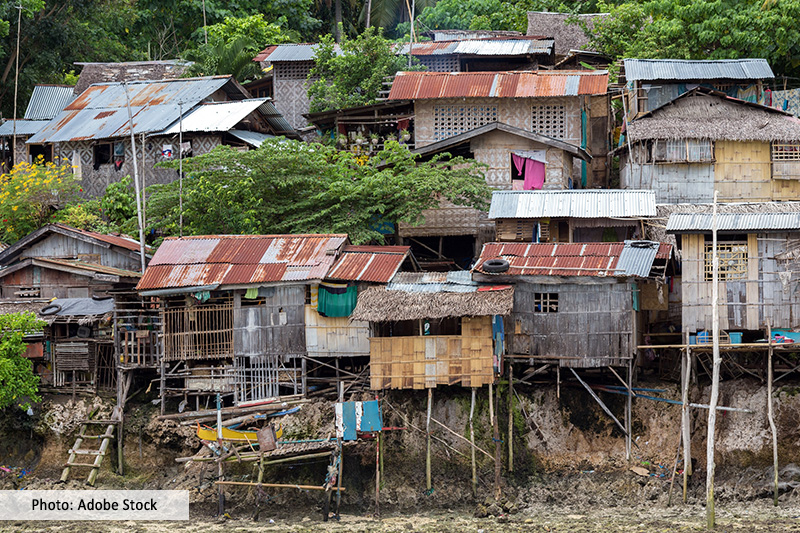
Despite economic growth, one in four Filipinos remained trapped in poverty, highlighting the complex dynamics at play. A study from the Philippine Institute for Development Studies (PIDS) calls for a shift beyond simplistic solutions, urging targeted interventions and resilience building to address poverty.
“Discussing poverty requires a nuanced approach,” emphasized PIDS Research Fellow Jose Ramon Albert, author of the PIDS study titled “Poverty Transitions and the Near-Poor in the Philippines”. “We must acknowledge its dynamic nature, empower vulnerable households, and promote inclusive growth across sectors and regions,” he added.
His study revealed that economic growth averaging 4.8 percent between 2003 and 2009 failed to significantly reduce poverty. This was partly due to an uneven distribution of benefits, with high income inequality limiting the impact of growth on the most vulnerable.
Notably, two-thirds of Filipinos living in poverty, a staggering 66 percent reside in rural areas. This geographic disparity underscores the need for immediate government intervention to boost rural economic opportunities, prioritizing farm productivity and diversification alongside additional employment avenues.
Additionally, the study revealed a strong correlation between family size and poverty, where larger households are more likely to struggle financially. “While family size does not cause poverty, the data suggests that low-income families with larger family size may see their purchasing power further weaken due to the increased number of household members to support,” Albert expounded. With several economic disadvantages inherent in larger families, tackling this issue also demands policy focus.
However, escaping poverty is no easy feat as the study shows. While some households managed to climb out of poverty between 2003 and 2009, an equal number fell back in. This highlights the instability of poverty escape and the complex interplay of factors like economic shocks, education, skills, type of occupation, and natural or person-made disasters that can affect building a secure future. “Near-poor” families or those near the poverty line are particularly vulnerable due to these factors.
With these findings, Albert emphasized that there is a need for a multi-faceted approach to mitigate poverty. A targeted social protection for the near-poor through safety nets, cash transfers, and insurance programs should be prioritized.
Inclusive growth policies are also needed to bridge the income gap and empower less fortunate communities. These policies should focus on expanding rural economic opportunities, boosting agricultural productivity, investing in education and infrastructure, and creating decent jobs.
Additionally, it is recommended to build resilience among vulnerable households through disaster preparedness, financial inclusion, and market volatility protection to empower them to withstand economic and personal challenges.
The study calls for continued poverty monitoring and understanding poverty dynamics to inform policy responses. “It would also be important to regularly examine vulnerability to income poverty,” Albert noted.
Download the full study here: https://www.pids.gov.ph/publication/discussion-papers/poverty-transitions-and-the-near-poor-in-the-philippines.###

